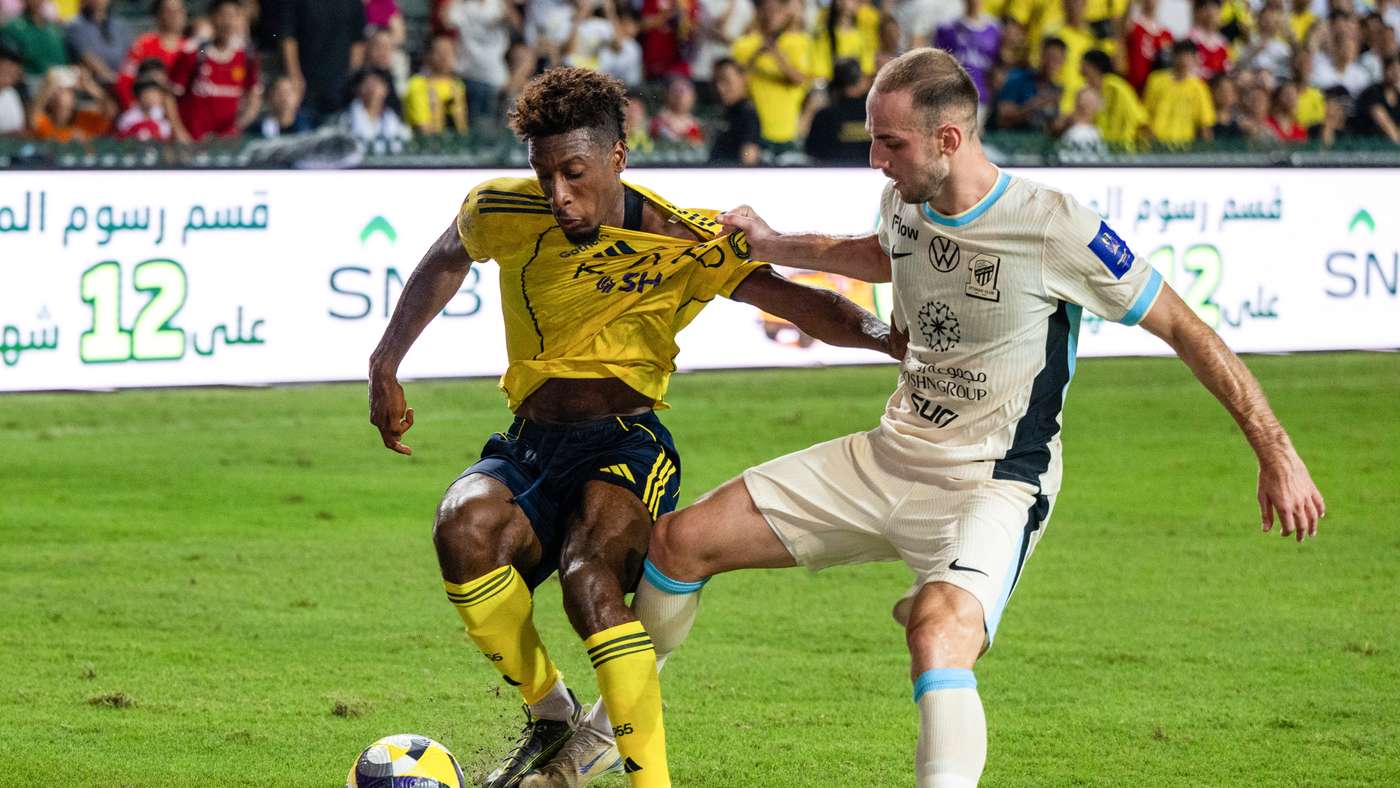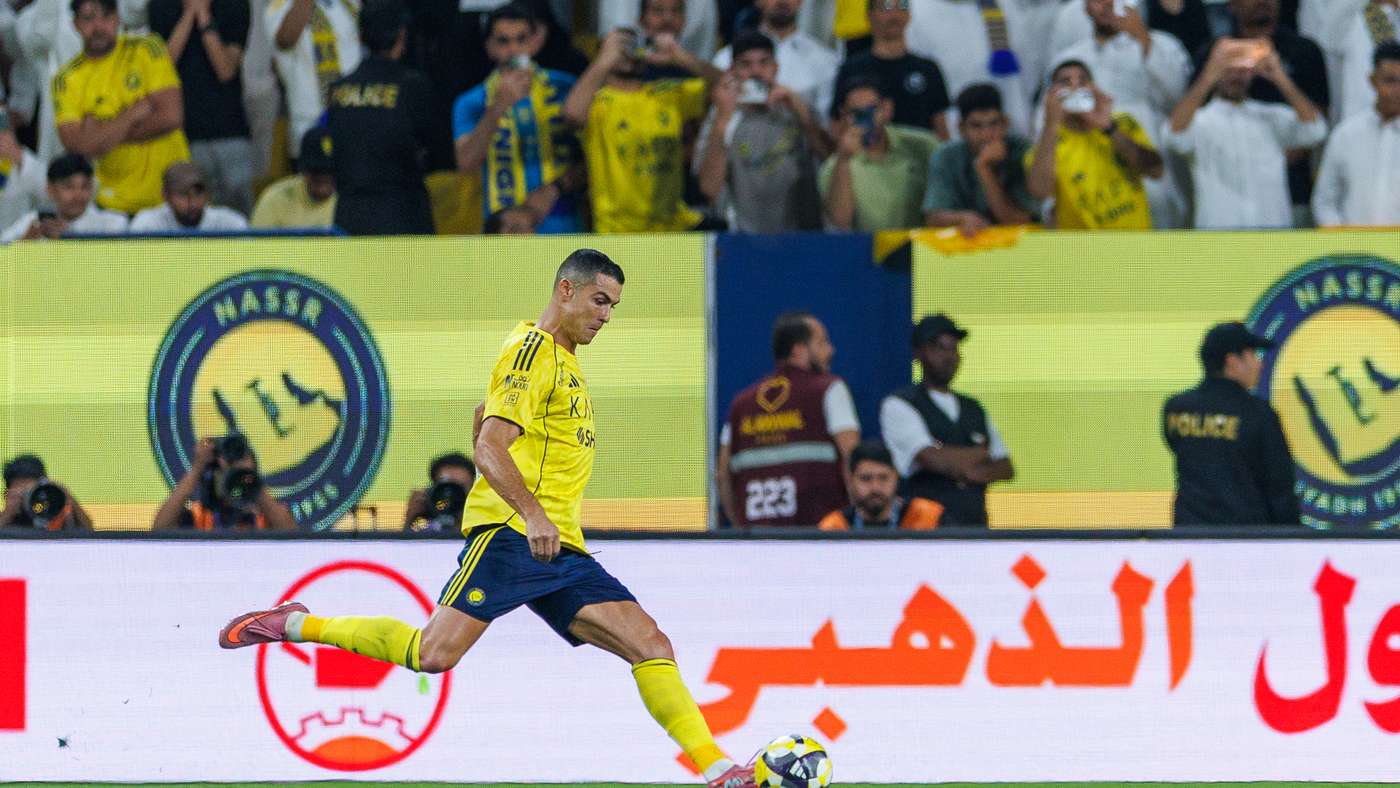When Messi Was Close But Riyals Reigned: Ronaldo’s 100% Move and the Saudi League’s Global Makeover
29 October 2025

Background and Near-Miss in the Saudi Pro League
The Saudi football scene has been quietly rebranding itself around marquee names and ambitious plans. Abdullah Hamad, CEO of the Mhed Academy—the body responsible for nurturing Saudi sporting talent—stated that Saudi Arabia refused to allow Lionel Messi, then captain of Inter Miami, to join the Saudi Pro League during the previous summer. He added that in the prior season there was a framework for Messi to join the academy’s youth program in the Kingdom, but there was no real negotiating taking place at that stage.
Hamad explained that during the summer ahead of the 2025 World Cup cycle, there was genuine interest in Messis joining the league in preparation for the 2026 World Cup. He noted a four-month MLS off-season period during which Messi allegedly reached out to play in Saudi Arabia, drawing a parallel to Beckham’s loan spell with Milan from Los Angeles Galaxy during a similar window. The plan, he said, faced pushback from the sports ministry, with the minister insisting the league should not function merely as a World Cup warm-up.
2023 Negotiations
Hamad detailed the failed 2023 pursuit after Messi’s Paris Saint-Germain contract expired. The Argentine ultimately chose Inter Miami in the United States, a decision Hamad said Messi made after weighing his personal preferences, including the company of friends and teammates who later joined him in Miami.
Once Messi moved to Miami, Inter Miami signed several of his close associates and former teammates—Luis Suárez, Sergio Busquets, Jordi Alba, Rodrigo De Paul, and goalkeeper Oscar Ostari among them—strengthening ties that many viewed as Messi’s American dream realized and a potential magnet for further arrivals.
Kuwait of Ronaldo’s Move: The Al Nassr Chapter
Turning to Cristiano Ronaldo, Hamad described Ronaldo’s Saudi decision as a different kind of challenge, undertaken “as a test” in a new country, league, and continent with new trophies to chase. The first connection arose during the 2022 World Cup in Qatar, with ongoing discussions between Ronaldo and his camp and the Saudi project even before the formal steps. Hamad recounted that in-flight conversation with the Saudi Sports Minister—“If you are serious, I am 100% serious”—and that negotiations solidified after reaching Doha for direct talks. The sense of urgency grew as the agreement progressed, culminating in a 100% commitment rather than a tentative interest.
Hamad recalled boarding a flight to Doha, meeting the Ronaldo camp, and realizing the star’s seriousness. He noted that the project’s momentum impressed everyone involved: speed of approvals, a clear plan, and a determination to turn the Saudi Pro League into one of the world’s strongest leagues. The result, Hamad said, was a historic deal that would redefine Saudi football forever.
The Revolution: A League Transformed
Ronaldo’s transfer to Al Nassr is widely regarded as the launchpad for a broader transformation. The league quickly broadened its ambitions, attracting other top players and reshaping competitive dynamics across clubs. Al Nassr followed Ronaldo with high-profile signings such as Sadio Mané, Kingsley Coman, João Félix, and other international stars who reinforced the Saudi project’s global appeal. Similarly, clubs like Al Ittihad, Al Hilal, and Al Ahli pursued a wave of major acquisitions—Danilo Pereira, Fabinho, N’Golo Kanté, Houssem Aouar, Karim Benzema, Moussa Diaby, Steven Berghuis, and Neymar among them—signaling a strategic shift in recruitment that pushed the league into the global spotlight.
Across the board, the league’s powerhouses demonstrated a commitment to compete for the biggest names, with Al Hilal, Al Nassr, and Al Ahli pursuing talent from Europe’s top leagues and beyond. In particular, Neymar’s move from Paris Saint-Germain to an unnamed Saudi destination was cited as emblematic of this new era. The so-called Saudi “revolution” position the league as both a sporting and commercial powerhouse, attracting partners, sponsors, and fans worldwide.
In parallel, the article notes splashes of signings at other clubs such as Mohamed Salah’s Europe-anchored peers and several high-profile national giants joining the wave. The net effect is a Saudi competitive landscape that now features multiple teams capable of challenging the world’s best, backed by a rapid, efficient governance framework that accelerated approvals and contract finalizations. The long-term trajectory points toward sustained growth in talent, viewership, and financial investment—an ongoing narrative that Riyadh, Jeddah, and beyond are keen to write with every transfer window.
Finally, the report hints at the broader cultural shift—an influx of international media coverage, sponsorships, and tourism linked to the league’s star-studded calendar. The Saudi project aims not only to field a strong domestic competition but also to position the country as a credible hub for major football events and a magnet for global fans.
Two light notes to close: first, if the league keeps this pace, Messi might still change his mind—just in time for a farewell tour closer to 2030. Second, if you’re betting on which club will win the crown next season, remember that in this league, the half-life of a rumor is shorter than the flight time to Doha.
p.s. For the watchers of the sport with a sense of humor, here’s a final thought: If football clubs were dating apps, Saudi clubs just swiped right on history while leaving 2026 calendar as a backup plan. And if you’re Messi, maybe you’re in for a long weekend in the desert—still no guarantee your friends will make the move, but the trophy cabinet just got a lot more confident.



